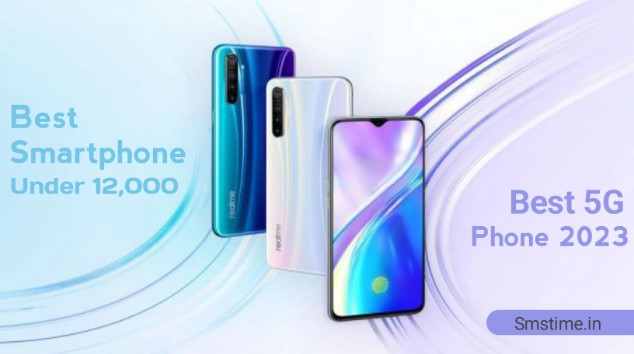Samsung Galaxy Z Fold 7 Launched: Full Specs, India Price, and AI Features
Samsung Galaxy Z Fold 7 specification
Design and Display
Samsung’s latest foldable is markedly thinner and lighter than its predecessor. At just 8.9mm thick when folded (4.2mm unfolded) and only 215 grams, the Z Fold 7 is about 26% slimmer and significantly lighter than the Fold 6. This ultra-slim profile is achieved through a redesigned Armor FlexHinge (which helps flatten the crease) and a strong metal frame. The phone uses tough Gorilla Glass (Ceramic 2 on the cover screen, Victus 2 on the back) and retains an IP48 rating for dust/water resistance. In exchange for this slim build, Samsung has removed S Pen support (the digitizer layer was omitted to save space), but most users will appreciate the lighter weight and sleek look as a fair trade-off.The Z Fold 7 also boasts larger, more natural displays. The cover screen is now a full 6.5-inch OLED (2520×1080) – up from 6.3 inches – so the closed phone looks and feels much more like a regular smartphone. Unfolded, the internal panel stretches to 8.0 inches (1968×2184), providing plenty of room for apps, videos, and multitasking. Both the inner and outer screens are bright Dynamic AMOLED 2X panels with 120Hz refresh, making scrolling and animations very smooth. In practice, the larger, flatter screens mean better split-screen multitasking and a more immersive experience for reading and media than the previous generation.
Performance and Battery
Under the hood, the Z Fold 7 is powered by Qualcomm’s latest Snapdragon 8 Elite (for Galaxy) chipset, paired with either 12GB or 16GB of RAM. This is the same top-tier processor used in the Galaxy S25 Ultra, so the Fold 7 should handle any app or game with ease. The phone runs Android 16 (One UI 8) out of the box, bringing Samsung’s newest software features. Samsung has added several AI-driven tools on top of the OS – for example, a refined Galaxy AI assistant (Gemini Live) and a contextual “Now Bar” for smarter shortcuts – to make daily tasks and multitasking more efficient.
However, Samsung kept the battery capacity the same as last year: a 4,400mAh cell with support for 25W wired charging. That is relatively modest for a 2025 flagship, and it means full charges can be somewhat slow by modern standards. In routine use the Fold 7 should easily get through a workday, but power users will want to recharge more frequently than on some other high-end phones. On the bright side, Samsung promises an impressive seven years of Android OS and security updates for the Fold 7, so this expensive device will continue receiving the latest software for a long time.
Cameras
The Galaxy Z Fold 7 cameras receive notable upgrades. Samsung replaced the old 50MP main sensor with a new 200MP wide-angle camera (with optical image stabilization). The remaining rear lenses are a 12MP ultrawide and a 10MP telephoto (3x optical zoom). This means the Fold 7 can capture extremely detailed high-resolution photos with the 200MP sensor (Samsung suggests this should enable “best-in-class” image quality), while still offering wide-angle shots and moderate zoom. Some enthusiasts note that Samsung still did not include a longer-range 5x telephoto lens, but overall the main camera upgrade is the biggest jump for photography on this model.Selfie shooting is much improved as well. Instead of the low-res 4MP under-display camera used in the Fold 6, the Z Fold 7 has a standard 10MP hole-punch camera on the interior screen. This switch to a conventional camera should greatly improve photo and video quality for “in-fold” selfies and video calls. The exterior cover screen continues to use a 10MP front camera (unchanged). In summary, the Fold 7’s camera system is now led by a huge 200MP main sensor and benefits from a much better internal selfie camera, making it more capable for photography and conferencing.






